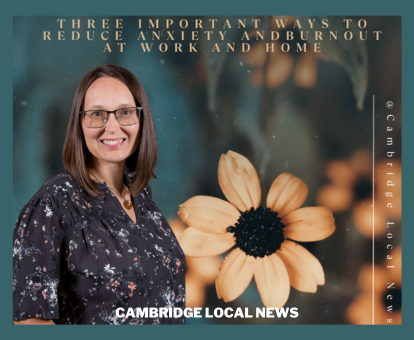June 10th marked World Anxiety Day, highlighting the growing number of individuals, particularly young people, grappling with anxiety since the pandemic. Even before the pandemic, burnout had already reached epidemic levels, affecting many aspects of our personal and professional lives.
The Role of Communication in Managing Anxiety and Burnout
Whether at home or in the workplace, how we communicate can significantly influence the presence or reduction of anxiety and burnout. Effective communication is essential for protecting the mental health and well-being of ourselves and those around us.
Key Insights from Nicole Schiener, MEd, RP
Nicole Schiener, an expert in mental health, offers practical strategies for reducing anxiety and burnout through clear communication. Here are her key takeaways:
- Clarity Reduces Stress
Setting clear expectations is vital to reduce confusion and frustration, both of which can escalate stress. Schiener recommends using frameworks like the TASC approach to ensure that everyone understands their roles and responsibilities. This clarity helps eliminate anxiety and fosters a more productive, focused environment. - Express Your Needs Effectively
Failing to express needs can lead to burnout. Schiener suggests using the Gottman method of “Softened Start Up” to communicate needs without triggering defensiveness. This approach promotes healthier relationships, emotional well-being, and ensures that individuals feel heard and respected. - Challenge Your Assumptions
Anxiety often arises from inaccurate assumptions. Schiener encourages individuals to question their thoughts and practice self-compassion. This helps reduce unnecessary stress, build emotional resilience, and maintain a balanced mindset.
The Power of Communication in Reducing Anxiety
By adopting these communication strategies, individuals can reduce anxiety, strengthen relationships, and prevent burnout. Clear communication is a powerful tool for creating positive change in both personal and professional settings.

Support and Personalized Guidance
If you’re struggling with clear communication or burnout, Nicole Schiener offers personalized support. She is dedicated to helping individuals express their needs, recover from burnout, and improve communication skills. Additionally, Nicole provides trauma-informed workshops and conflict resolution services for organizations.
For more information or to explore personalized support, consider booking a free intro call: https://peaceandpossibility.ca.
Contact Nicole Schiener:
Nicole Schiener, RP
Registered Psychotherapist, Certified Canadian Counsellor
Certified Compassion Fatigue Professional
Certified Gottman Educator (Bringing Baby Home)
Peace and Possibility
Email: peaceandpossibility@rogers.com
Phone: (226) 507-8247
Website: https://peaceandpossibility.ca
“World Peace begins with Inner Peace.”
Nicole’s practice is located on the traditional territory of the Neutral, Anishnaabeg, and Haudenosaunee Peoples on the Haldimand Tract.


















